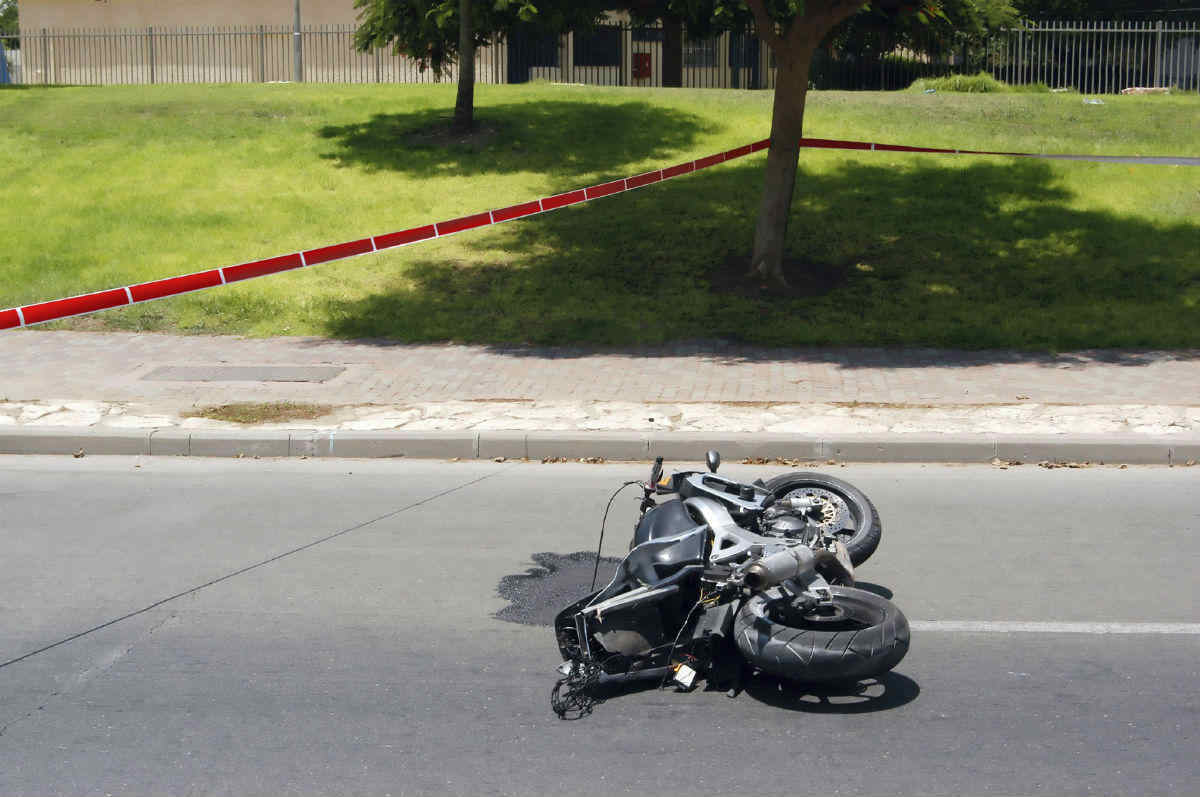The complete loss of sensation and the ability to move one side of the body is known as hemiplegia, while the partial loss of movement is referred to as hemiparesis.

Head injuries are common in motorcycle accidents. Depending on the severity, head injuries can result in minor, temporary side effects or major, lifelong consequences. Our St. Louis motorcycle accident attorney understands how a head injury can affect a victim’s normal lifestyle, earnings potential, and financial status. If a victim suffers a traumatic brain injury, he or she may lose the ability to move certain parts of the body – a medical condition known as paralysis. The complete loss of sensation and the ability to move one side of the body is known as hemiplegia, while the partial loss of movement is referred to as hemiparesis.
Hemiplegia
Internal hemorrhage after a traumatic brain injury is a leading cause of hemiplegia. This type of injury occurs when a certain part of the brain that controls the movement of the hands and face suffers a severe blow. If a speeding motorcycle collides head-on with a car or any other solid object, the rider can suffer a severe blow to the head, resulting in hemiplegia. This type of paralysis affects either the left or the right side of the victim’s body.
Symptoms of Hemiplegia
Common symptoms of hemiplegia include:
- difficulty walking
- lack of balance
- difficulty swallowing
- speech problems
- blurry vision
- change in facial expressions
- difficulty moving the muscles of one side of the body
If the accident victim suffers a subdural hematoma severe enough to trigger hemiplegia, he or she may experience unexpected, aggressive movements in some parts of the body. This is a medical condition known as convulsions. If you experience any of the above symptoms after a motorcycle accident, seek medical attention immediately. With prompt diagnosis and timely treatment, the effects of hemiplegia can be minimized.
Treatment for Hemiplegia
The treatment options for hemiplegia vary considerably depending on the symptoms and severity of the injury. If the symptoms of paralysis continue to persist over an extended period of time, intensive rehabilitation may be recommended. If timely treatment is ignored, complications may develop such as:
- difficulty moving joints
- bone formation in the joints or around soft tissues
- lack balance in between different muscle groups
